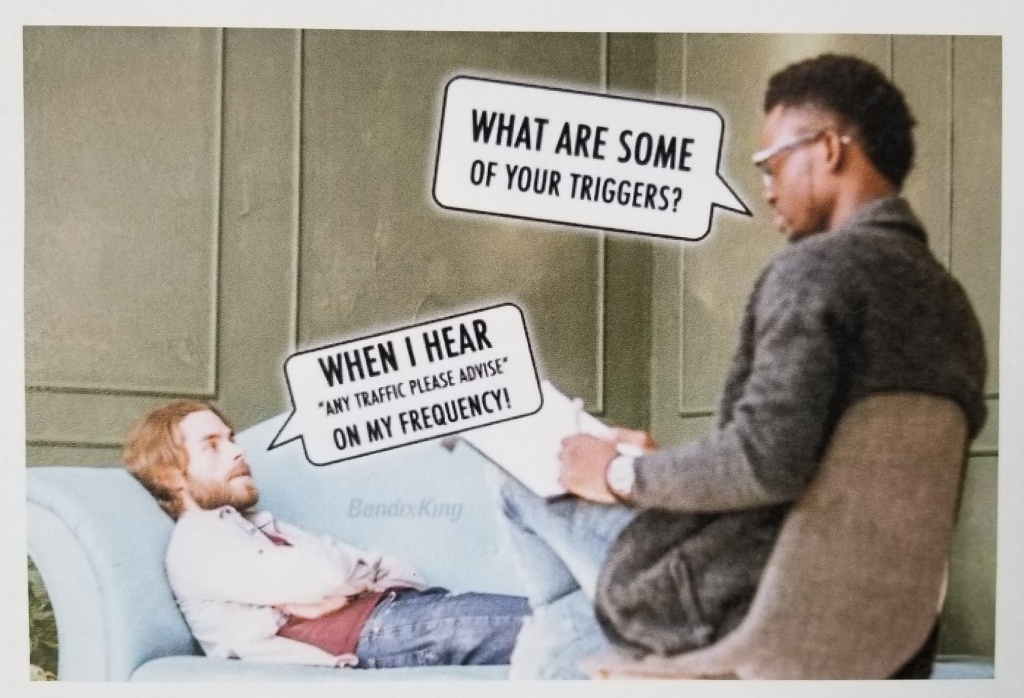When operating out of an non-towered (a.k.a. uncontrolled – a.k.a. ‘pilot controlled‘ – a.k.a. ‘out-of-control‘) airport there is a lot of responsibility on each pilot to know where the other airplanes are in the pattern, approaching and departing the area, and on the ground. It is also important for pilots to announce their position and brief intentions.
The Aeronautical Information Manual section 4-1-9 specifically addresses best practices at airports without towers.
The upshot is that those approaching within 10 nautical miles should be monitoring the CTAF/UNICOM to begin developing a mental picture of the traffic, their situational awareness of the area’s activities and to announce their position and intentions.
Everyone wants to have a drama-free arrival and departure and this can be accomplished with good communication and friendly behavior. Remember, if you need or should make room for another airplane in a better position it is just more time in your logbook.
This can fall apart quickly when a pilot transmits one of the most hated phrases in aviation today, “Any traffic in the area, please advise.”

There are three very important reasons why this is inappropriate and potentially dangerous:
First; When there is more than one person in the area they usually try to politely accommodate the request, key the mic and end up transmitting at the same time as others creating undecipherable interference which ends up wasting everyone’s time on the one common-used frequency which informs no one of anything.
Second; Since many small un-towered airports in a region may use the same CTAF frequency, any such request can reach multiple pilots “in the area“. Looking at a sectional for the area around Reno, Nevada you can see multiple airports using one frequency (122.90MHz) as their CTAF. From experience I know that with only a couple thousand feet of altitude radio transmissions in the vicinity of one airport is easily received between several of them.
Third; It is an arrogant and lazy transmission for a pilot to make. It is an attempt by the pilot making this call to shift responsibility onto everyone else to make their positions known because they were too lazy to spend a couple minutes listening and developing their own situational awareness.
In addition to the reasons above, non-towered airports usually (but not always) exist in class ‘G’ airspace and have no requirement for airplanes to have radios (or even electrical systems for that matter). Therefore, any pilot making this request is relying too much on a response and can very easily miss the 1947 Piper J-3 Cub on short final that doesn’t have a radio or a busy student pilot in the pattern configuring to land that didn’t hear the request.
The FAA allows us pilots a great deal of freedom with our piloting privileges, and with that freedom comes the responsibility to be situationally aware of our surroundings, ‘see and avoid‘ other traffic and to make responsible radio calls to assist our fellow pilots in knowing where to find us in the sky.
Quick, clean, and appropriate communications on the radio make for the basis of enhanced safety for everyone in the air and on the ground.
